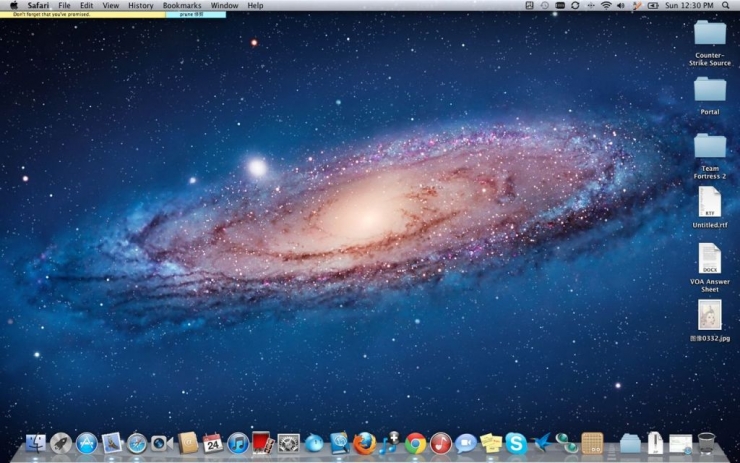
Recently, researchers at the University of California, California, said that some organizations are researching a display algorithm that allows nearsighted users to see the display without wearing glasses. This technology will be used first in iPhones, iPads, and Macs.

The human eye is nearsighted because the focus of the light is not on the retina , so the core principle of this technique is to put a light filter in front of the display screen to change the light of each single pixel through the algorithm. These lights pass through the filter hole. The focus point is accurately presented on our retina, recreating a clear image for the user.

The technology needs to change the resolution and contrast of the two display standards, because the future of the display will be an integrated system, compared with the previous more flexible optical configuration, which requires the technician to perform more complex calculations on the display, allowing The user switches modes such as 2D, naked-eye 3D, and visually corrected image display.
The technical problem that is currently faced is that, since a person's head or body will have a slight movement when looking at the screen, eye movement tracking software is required to track the user's eyes and make corresponding light adjustments based on the distance between the human eye and the screen. We know that each person's eye focus is different, but eye tracking software can only be developed for the focal length of a single person's eyes, so the cost is undoubtedly high, and can not be popularized to the public. Therefore, to achieve a simultaneous match between a set of software and different people's vision, further research is needed.
A few days ago, according to foreign media AppleInsider reports, Apple applied for a naked eye 3D related patents. The display of the iPhone and other Apple devices can have a 3D stereoscopic display effect, and users can see stereoscopic images without wearing 3D glasses. Now, researchers have also developed an equally exciting visual experience for users, so that everyone with different eyesight can take off the glasses and clearly see the screen content.

![<?echo $_SERVER['SERVER_NAME'];?>](/template/twentyseventeen/skin/images/header.jpg)